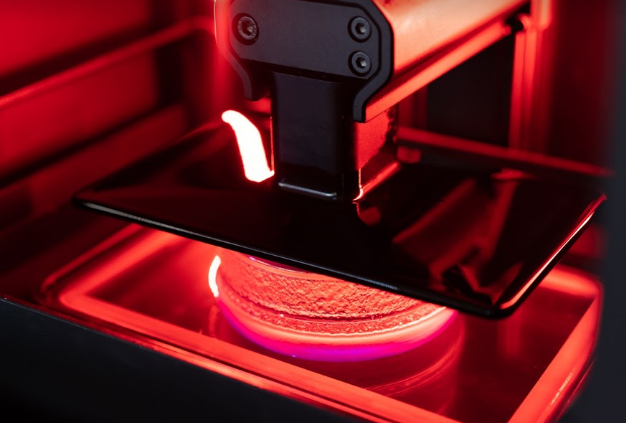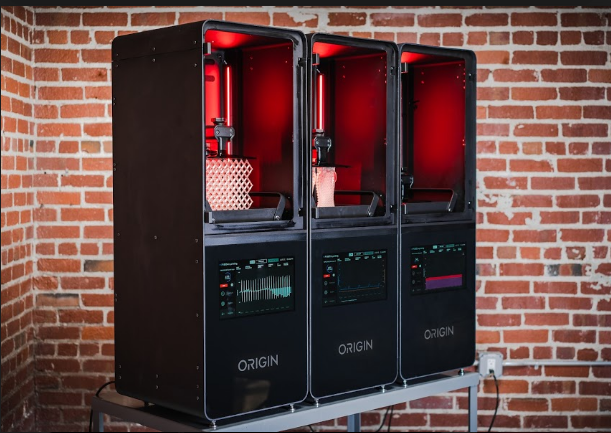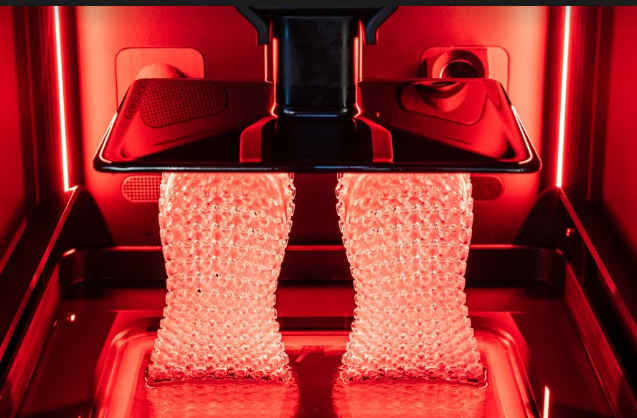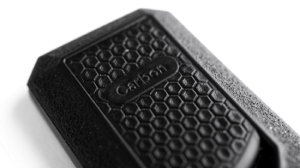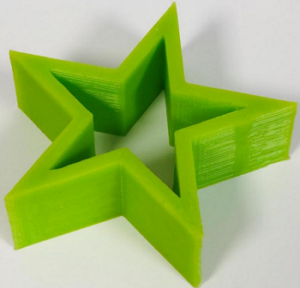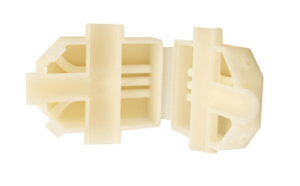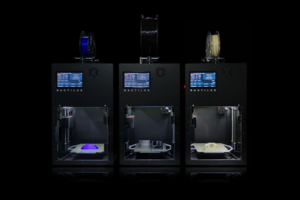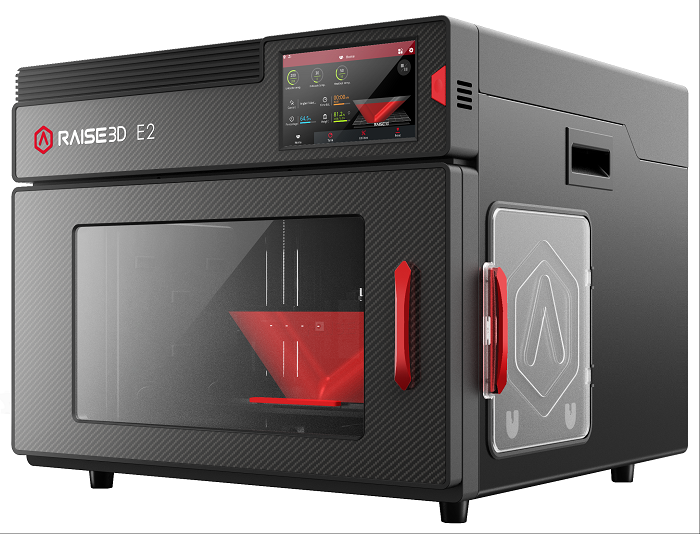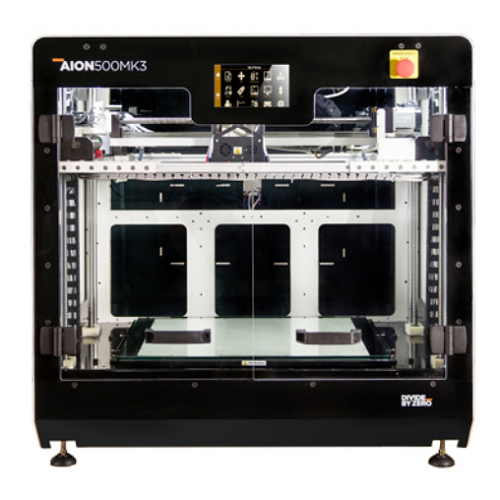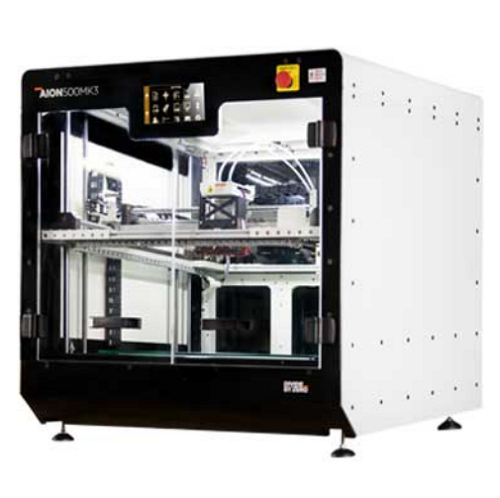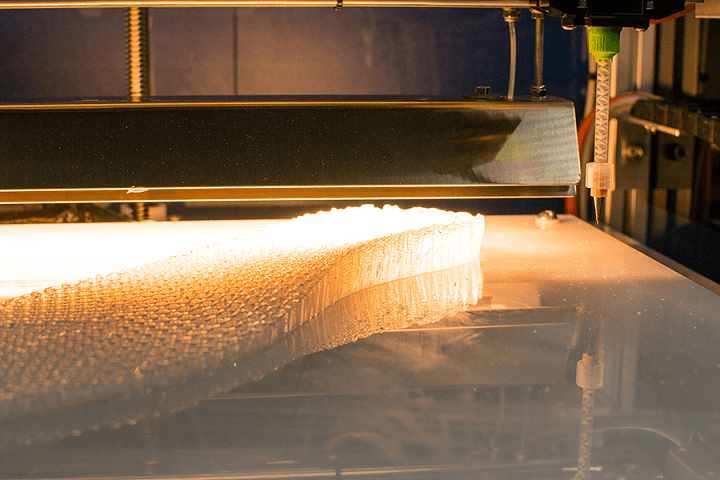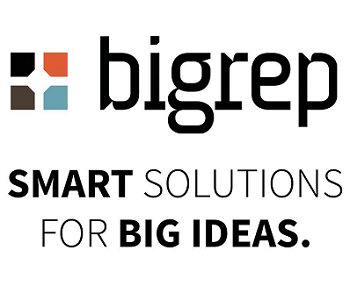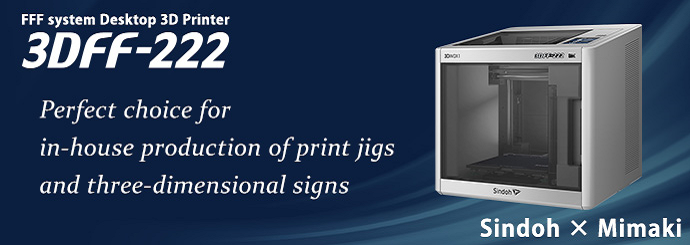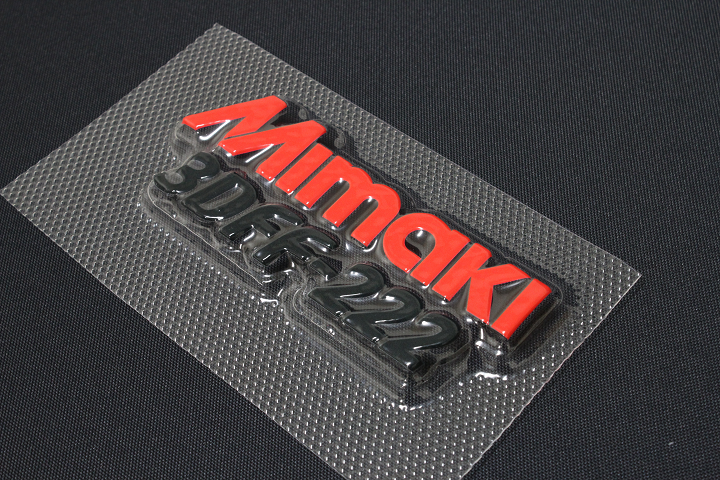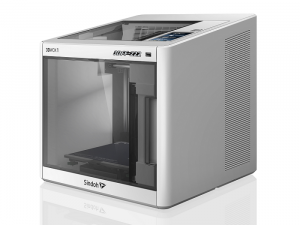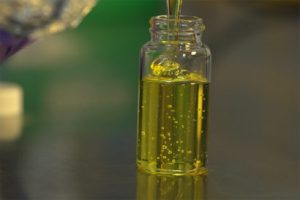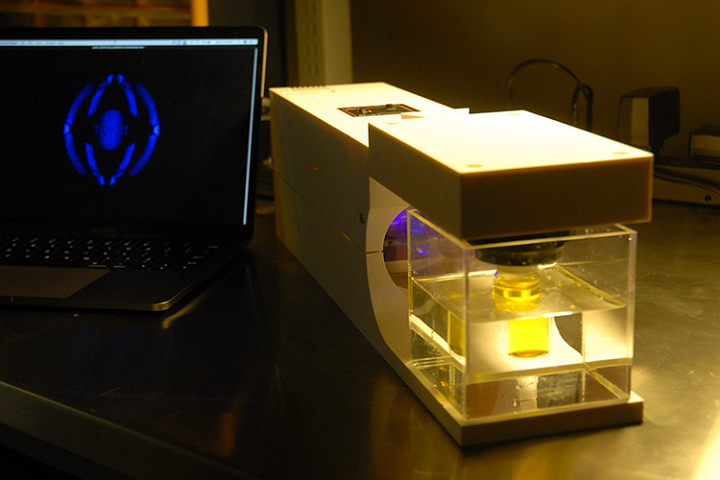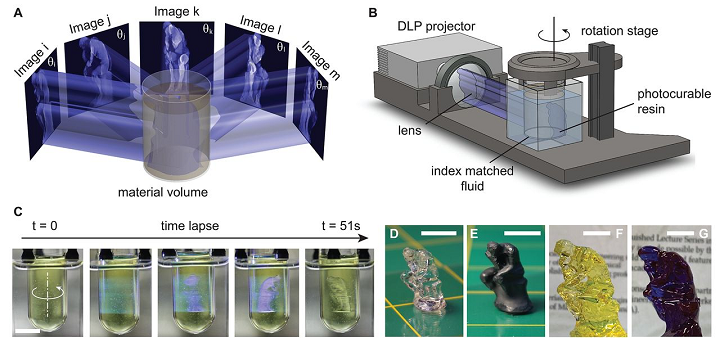With today’s release of the J850 3D Printer, a full-color, multi-material PolyJet system, Stratasys meets its goal to continue pushing the boundaries—now they want to give us the ability to take ‘rapid prototyping’ to the next level.
3D Printer, a full-color, multi-material PolyJet system, Stratasys meets its goal to continue pushing the boundaries—now they want to give us the ability to take ‘rapid prototyping’ to the next level.
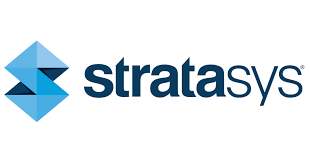 The J850 offers:
The J850 offers:
- Increased productivity with super high-speed mode
- Seven material capacity enables more color, transparency, flexibility
- Extremely high-quality prints and better part refinement
- Modeling time reduction of up to 50 percent
- Reduced time to market
“Stratasys PolyJet technology gives designers endless possibilities. With this solution, there’s no need to add or switch technologies throughout the design process,” said Alex Padwa, the Founder of Padwa Design, a premier industrial design studio building solutions for consumer goods, high technology, and the household.
“We can immediately achieve the exact design intent we have in mind – and bring it to life in our hands instantly. The J850 is truly designed for designers.”
Stratasys is also releasing two new PolyJet Materials:
- VeroUltraClear material delivers detail and clarity, with an appearance like glass. This new clear material helps designers envision internal features and fabricate exceptional prototypes.
- DraftGrey
 is an affordable new material for creating prototypes in the initial project stages.
is an affordable new material for creating prototypes in the initial project stages.
The J850 also supports PANTONE Validated color, encompassing ‘a universal language of color’ for realism in prototypes and reliability in every stage of the creation process in 3D printing. The J850 is also supported by GrabCAD Print software, eliminating the need to convert .stl files.
“The new J850 has been built to meet the needs of the full design process in industries such as consumer goods, consumer electronics, automotive, as well as education settings,” said Shamir Shoham, Vice President, PolyJet Business Unit at Stratasys.
“Typically, that process includes two separate streams: evaluating geometric shape with a physical single-color model and considering color and texture on the screen. The J850 merges these two mediums into one full-color, multi-material model to make better design decisions, earlier.”
Stratasys will provide existing J750 customers with a straightforward on-premise upgrade path to the J850.
Also taking care of their ever-growing client base of engineers, Stratasys is releasing a line of new temperature and chemical resistant FDM thermoplastics for high temperatures and ‘challenging requirements’ in use:
- Antero 840CN03 – for the Stratasys Fortus® F900 FDM 3D printer, this is the second PEKK-based polymer from Stratasys, created for users with high customization needs and parts with consistent electrostatic discharge (ESD) performance.
- Diran 410MF07 and ABS-ESD7 – for the Stratasys F370
 3D printer, this is a nylon-based material offering added toughness and low-friction. ABS-ESD7 is made for static-sensitive applications and ‘ideal’ for tooling applications.
3D printer, this is a nylon-based material offering added toughness and low-friction. ABS-ESD7 is made for static-sensitive applications and ‘ideal’ for tooling applications.
“Manufacturing spacecraft poses intense material challenges in the development of parts that exhibit the right attributes,” said Brian Kaplun, Senior Manager for Advanced Manufacturing, Lockheed Martin Space. “One of those challenges is getting the right ESD or electrostatic dissipative properties, among other physical and mechanical characteristics. Stratasys Antero ESD fits our needs for outgassing and electrostatic dissipative properties in a strong but lightweight additive manufacturing material.
“We see growing adoption of 3D printing in production environments, yet engineers and designers struggle with thermoplastics that just can’t match the extreme requirements of manufacturing-based applications,” said Adam Pawloski, Vice President of Manufacturing Solutions at Stratasys. “Our thermoplastics can remove these barriers to accelerate the adoption of 3D printing in manufacturing settings, allowing users to design and create faster, while minimizing costs often associated with traditional approaches.”
Stratasys has been lighting up the 3D realm with its PolyJet system and new materials for years now, highlighting incredible projects spanning everything from fashion and wooden structures to advanced medical models. What do you think of this news? Let us know your thoughts! Join the discussion of this and other 3D printing topics at 3DPrintBoard.com.
[Source / Images: Stratasys]
The post The Stratasys J850 3D Printer: Just Released—Designed for Designers / Also New FDM Thermoplastics appeared first on 3DPrint.com | The Voice of 3D Printing / Additive Manufacturing.




